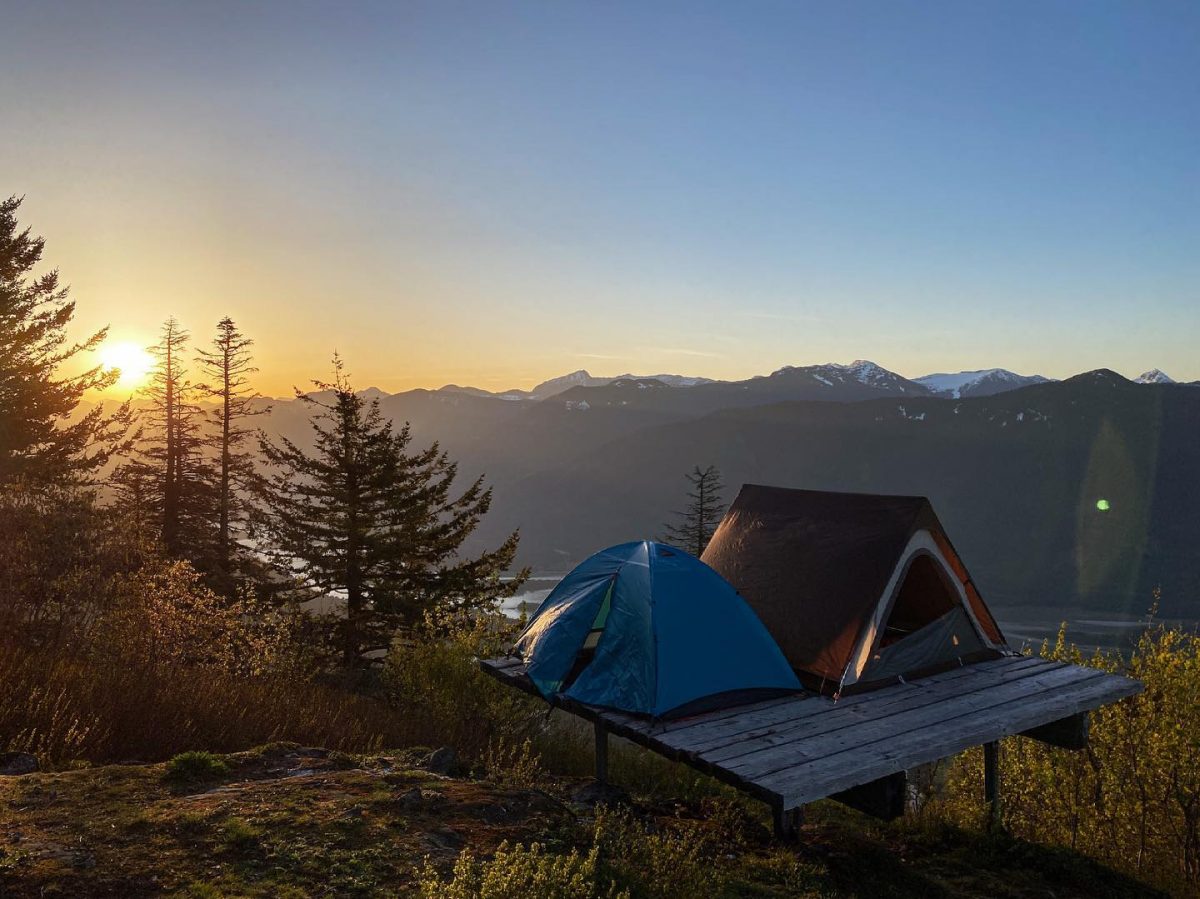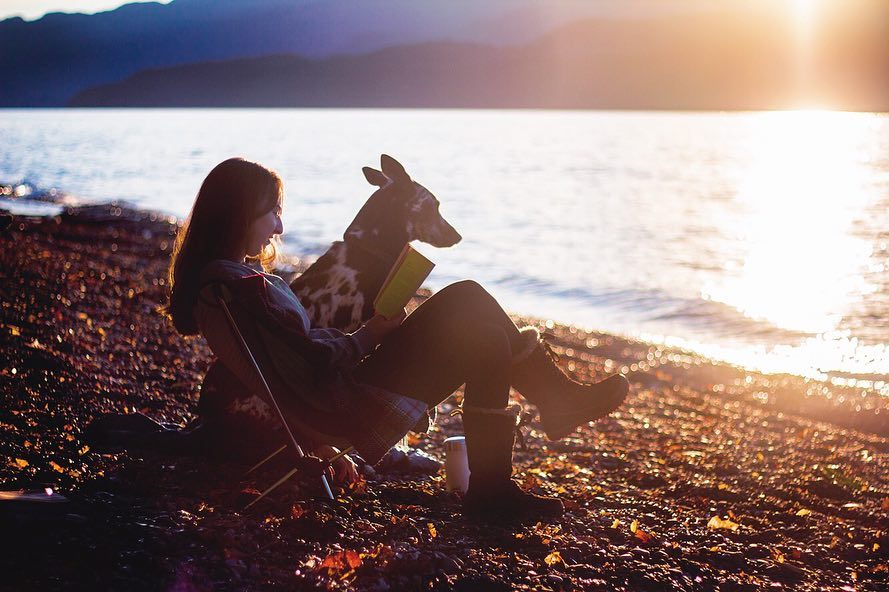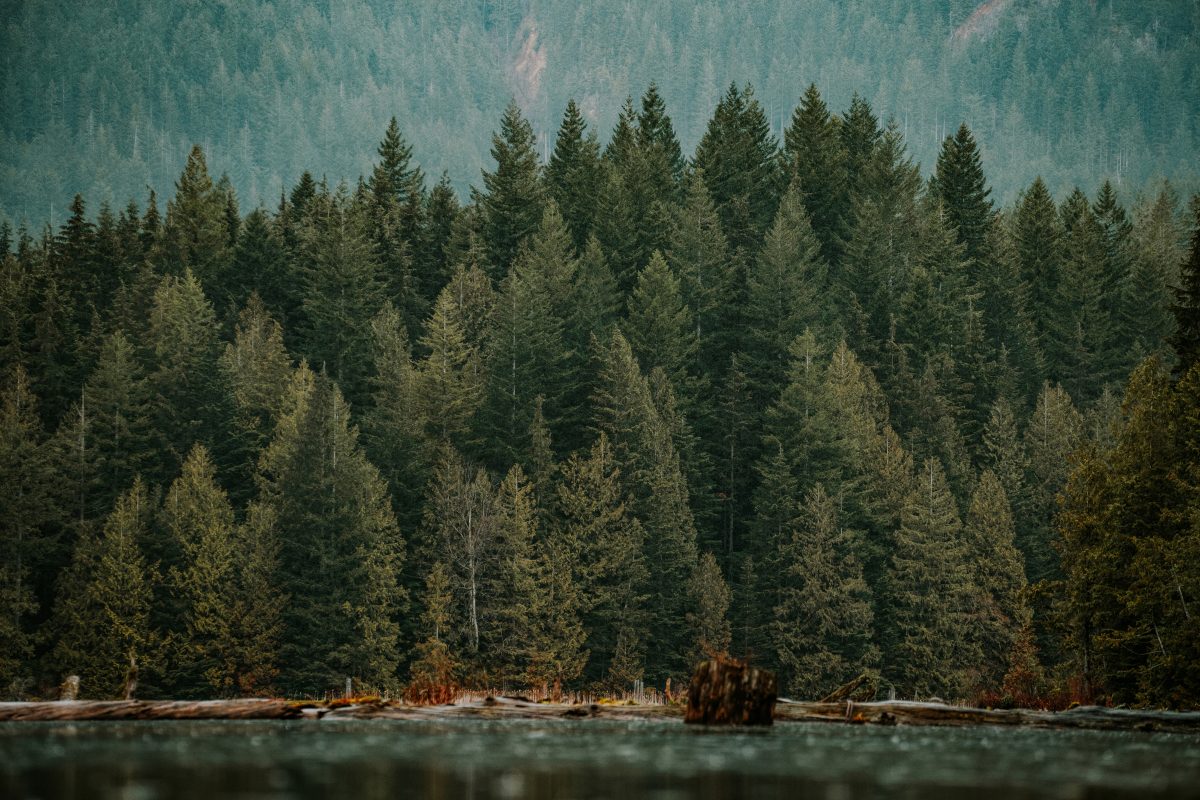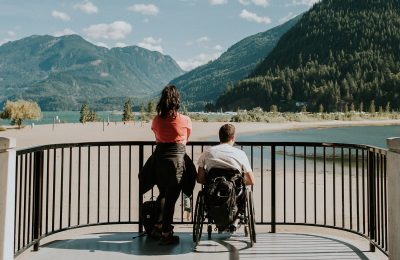There are many factors to consider when planning for an adventure in the wild. What are the goals of your trip? Do you need to book a camp spot in advance or are you heading into backcountry? How many people will be in your group? Then there’s the meal planning, and packing proper clothing, gear, and equipment. There’s so much to prepare before you head out the door. Let’s look at ways to make your journey into the wild smooth and seamless.

WEATHER:
First and foremost, check the forecast. This will help ensure you have the proper clothing and gear for the conditions. Of course, sometimes weather can take an unexpected turn so it’s always a smart idea to have emergency gear that can help you through an unexpected storm. Pay attention to the times for sunrise and sunset so you schedule hikes or campground arrival times in daylight. Getting caught trying to set up a tent at dusk is a challenge nobody enjoys!
MEAL PLANNING:
Good meal planning can save you a lot of hassle, and if you’re backcountry hiking, carrying only what you need means a lighter pack to carry and less waste to haul back out. It’s also a plus if your meal doesn’t require a campfire or cookstove.
BE BEAR AWARE:
Avoid hiking when bears are most active: at dawn or dusk. Watch for signs of bears when hiking, like scat, tracks, and disturbed vegetation. Make noise when hiking so as not to surprise a bear, and walk in a group if possible. Keep food in bear-proof canisters and never have food in your tent. Cook food and wash dishes a distance away from your tent as not to attract bears anywhere near your sleeping quarters, lest you be awakened by Yogi Bear looking for a picnic! If you’re hiking where bears are known to frequent, it’s a good idea to carry bear spray, bear bangers, or an airhorn.
LET SOMEONE KNOW YOUR PLANS:
Before you leave, it’s imperative to let someone know your plans. Include this information: – where do you plan on leaving your vehicle when you head out – what route you are taking – what activity you are planning – names of people on the trip – your planned return time.
PROPER GEAR AND EQUIPMENT:
Many Search and Rescue groups recommend these eleven essentials: 1. flashlight or headlamp 2. waterproof matches or lighter 3. a whistle (if you’re lost, blowing a whistle is much less tiring than shouting). 4. sun protection 5. a pocketknife 6. water and food 7. extra clothing 8. first aid kit 9. compass/map 10. a charged cell phone 11. large orange plastic bag: use it to keep clothes dry; in an emergency it can also be used to signal for help or as shelter.
Check lanterns/headlamps/flashlights to ensure they have plenty of battery power. If you’re bringing a camp stove, make sure you have sufficient fuel. If you’re not bringing fresh water to drink, don’t forget water filters. If you’re heading out on water, lifejackets are an absolute MUST! You may think you are safe because you’re a good swimmer, but conditions on water can change in an instant. High winds, stormy weather, and rough water can capsize a watercraft. Don’t just have your lifejacket near you, have it ON. It can be the difference between life and death.

RESOURCES
Want to learn more? These are some great websites to browse:
Kent Harrison Search and Rescue
BC Search & Rescue Association
Emergency Management British Columbia
BC AdventureSmart







